Newly developed bioadhesive sensors (BIMS) are effective and less invasive than traditional tagging. Scientists can attach them with a thin layer of dried-hydrogel in less than 20 seconds.
Tag: Marine animals
FAU Lands $1.3 Million Grant to ‘Clean Up’ Stinky Seaweed in Florida
Once Sargassum deluges beaches, removing, disposing and repurposing the seaweed presents many logistical and economic challenges. Cleaning up these huge piles of annoying seaweed while protecting these critical habitats at the same time is a precarious struggle.
Counting Rays: Aerial Surveys Reveal Ample Populations in Southeast Florida
A unique long-term study quantified the abundance of whitespotted eagle and giant manta rays in Southeast Florida. Researchers conducted 120 survey flights between 2014 and 2021 from Miami north to the Jupiter Inlet. One or both species were seen on nearly every flight and both populations appear to be stable in the region. The giant manta rays were more abundant in the south and the whitespotted eagle rays were found all along the coast. Neither species seems to be deterred by the greater human population density in Fort Lauderdale/ Miami.
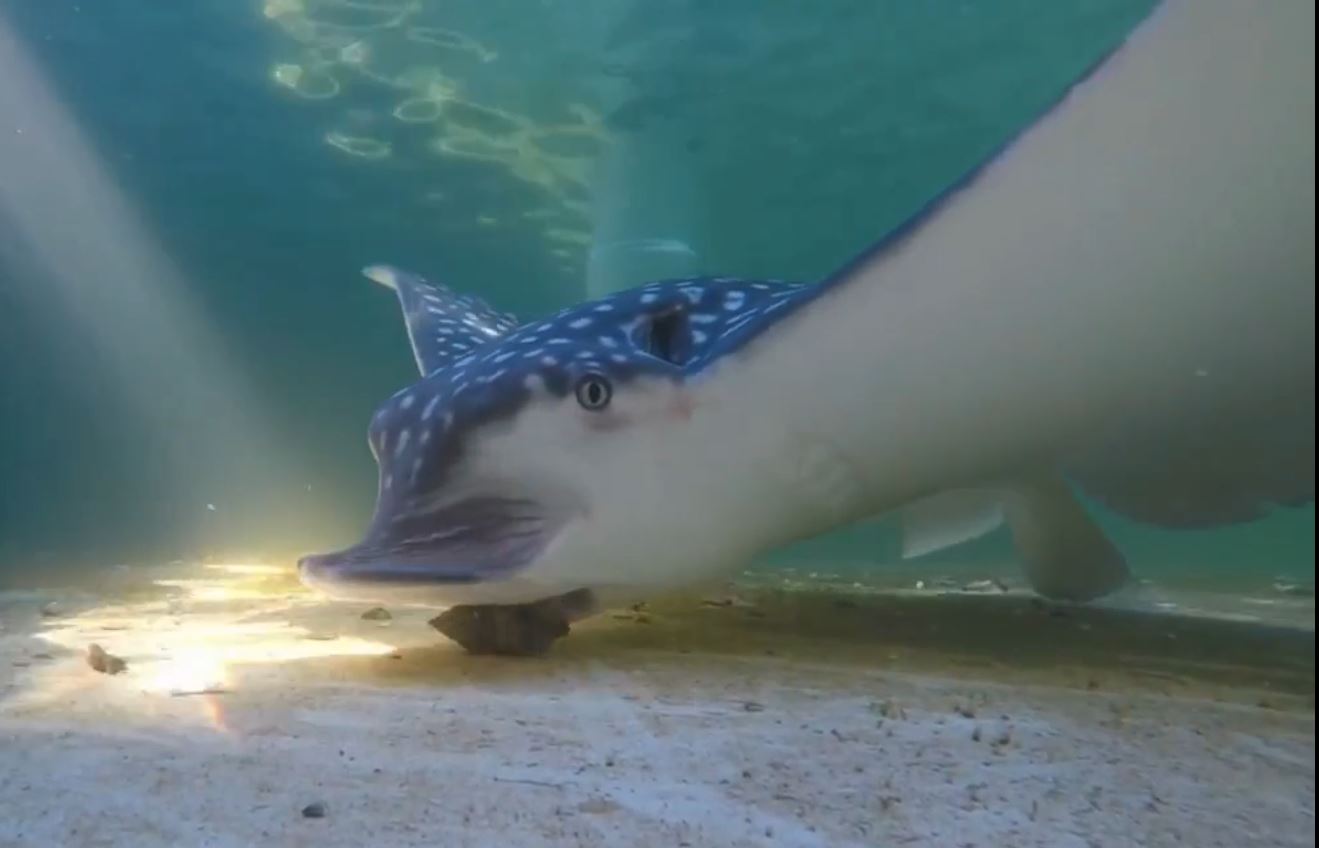
DNA Decodes the Dining Preferences of the Shell-Shucking Whitespotted Eagle Ray
With mighty jaws and plate-like teeth, the globally endangered whitespotted eagle ray can pretty much crunch on anything. Yet, little information is available on critical components of their life history in the U.S., such as their diet.
Boom! Detecting Gregarious Goliath Groupers Using Their Low-frequency Pulse Sounds
From growls to booms, whales, fish and crustaceans all produce sounds. Selecting the gregarious Goliath grouper, researchers deployed a novel automated detector and localization model to find underwater marine organisms using their low-frequency pulse sounds.
Previously Overlooked Algae Toxin Widespread in Southern Indian River Lagoon
Pseudo-nitzschia spp., an algae that produces the neurotoxin domoic acid, can bioaccumulate within food webs causing harm to humans and animals. A molecular study of Florida’s Indian River Lagoon shows this algae was present in 87 percent of the water samples collected. All isolates showed toxicity, and domoic acid was found in 47 percent of surface water samples. As a nursery for many organisms that supports a high amount of biodiversity, the presence of domoic acid could negatively impact the lagoon system.
Perfect ‘Pathogen’ Storm: Vibrio Bacteria, Sargassum and Plastic Marine Debris
Little is known about the ecological relationship of Vibrio bacteria with Sargassum. Evidence also is sparse as to whether vibrios colonizing plastic marine debris and Sargassum could potentially infect humans. As summer kicks off and efforts are underway to find solutions to repurpose Sargassum, could these substrates pose a triple threat to public health? Results of a study representing the first Vibrio spp. genome assembled from plastic finds Vibrio pathogens have the unique ability to “stick” to microplastics, harboring potent opportunistic pathogens.
Does Current Shellfish Anti-predator Gear Curb ‘Crunching’ Rays?
It’s not just humans who enjoy eating shellfish, so do marine rays. They like to “crunch” on clams, which can sometimes take a big bite out of clammers’ profits. Using aerial and underwater videos, researchers assessed the ability of the whitespotted eagle ray to interact with clams housed within a variety anti-predator materials. Whitespotted eagle rays have strong jaws, plate-like teeth and nimble pectoral fins, which make them formidable and highly maneuverable predators of clams.
Study Explores Link Between Shark Nose Shape, Size and Sensitivity of Smell
Differences in sharks’ olfactory systems are of interest not only because of their known incredible sense of smell but also because they have been around since before the dinosaurs. They managed to thrive in every known marine habitat for millions of years – their sense of smell may have been key. A study is the first to quantify olfactory organ morphology by examining rosette shape and other internal structures among a diverse set of shark species using dissections, phylogenetic comparisons, and a fairly new technique, called diffusible iodine‐based contrast‐enhanced computed tomography imaging. Results reveal that the organs did not change in shape or number of lamellae throughout the life stages, suggesting that olfaction is a key sensory modality throughout the life of elasmobranch fishes.
Ecological tipping point: 5+ El Niño events per century controls coastal biotic communities
Along with implications for the future, the findings illuminate important moments in our past, including human migration into the Americas, the variable human use of coastal and interior habitats and the extinction of the flightless duck Chendytes.
Snap, Crackle, Pop: Healthy Coral Reefs Brimming with Noise #ASA182
Altogether, the hundreds of thousands of animals living in the reef sound like static on the radio, or the snap, crackle, and pop of a bowl of Rice Krispies as you pour milk on the cereal, when the coral reef is healthy. The sound changes for reefs that are not healthy, becoming quieter and less diverse.
Scientists Find Sea Corals are Source of Sought After “Anti-Cancer” Compound
The bottom of the ocean is full of mysteries but scientists have recently uncovered one of its best-kept secrets. For 25 years, drug hunters have been searching for the source of a natural chemical that had shown promise in initial studies for treating cancer. Now, researchers at University of Utah Health report that easy-to-find soft corals make the elusive compound.
Study Finds Why Baby Leatherback Marine Turtles Can’t ‘See the Sea’
For most sea turtles, the journey to find the ocean from their nests is pretty straightforward. However, leatherback hatchlings more often crawl around in circles trying to find the ocean. Circling delays their entry into the ocean, wastes energy, and places them at greater danger from natural predators. Under different moon phases: bright light during full moon and only starlight under new moon, researchers have a better understanding of why this circling behavior happens and why it is most commonly observed in leatherbacks.
‘Octo Girl’ Takes a Deep Dive to Discover How Diverse Octopus Species Coexist
A first in situ, long-term study explored how the common octopus, a medium-sized octopus widely distributed in tropical and temperate seas worldwide and the Atlantic longarm octopus, a small species of octopus found in the Atlantic Ocean and elsewhere, coexist by examining their foraging habits and tactics, diet, behaviors and when they are active or inactive. Results show that their very different behaviors and habits is exactly how these two species coexist in a shallow Florida lagoon- even at high densities.
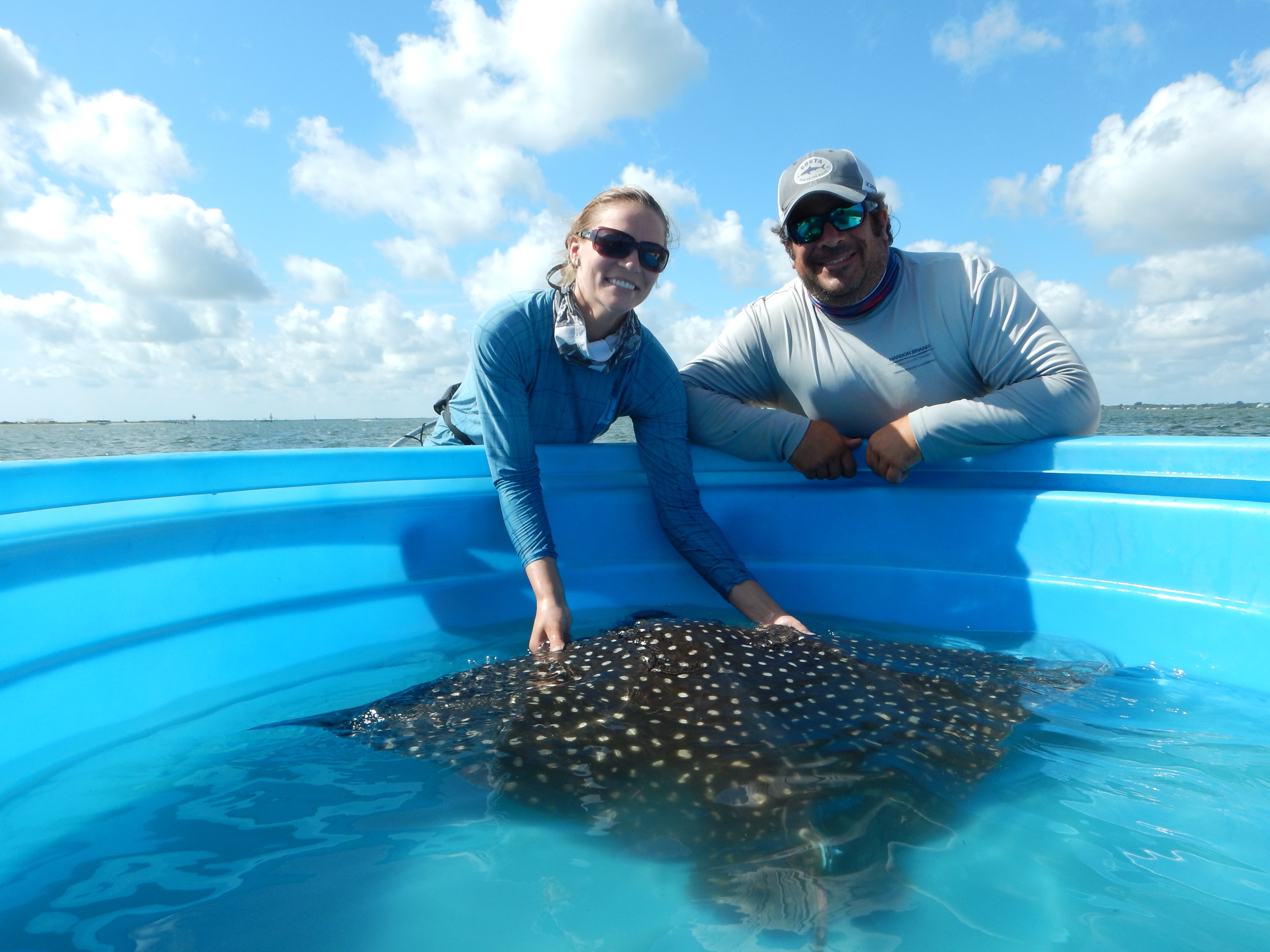
Drifter or Homebody? Study First to Show Where Whitespotted Eagle Rays Roam
It’s made for long-distance travel, yet movement patterns of the whitespotted eagle ray remain a mystery. Between 2016 and 2018, scientists fitted 54 rays with acoustic transmitters and tracked them along both the Gulf of Mexico and Atlantic coasts of Florida, which differ in environmental characteristics. Results of the study reveal striking differences in travel patterns on the Atlantic coast compared to the Gulf coast. Findings have significant conservation and adaptive management implications for this protected species.
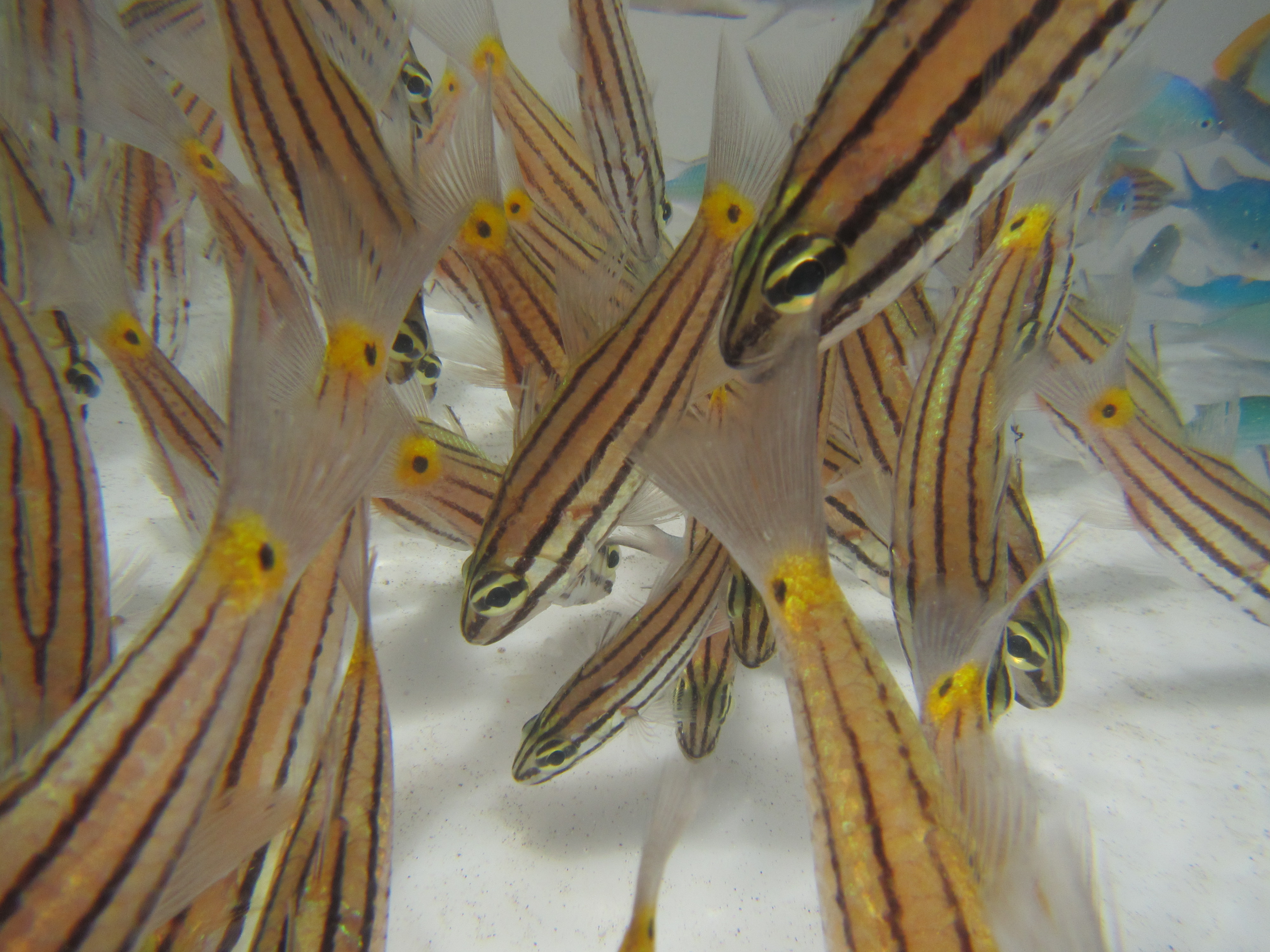
NSU Research Scientist Part of Team Studying Impact of Rising Sea Temperatures on Marine Life
Global warming. Climate change. Coral bleaching. These are a few issues that are negatively impacting our marine world. And now you can add underwater heatwaves to the list – something an NSU Researcher is studying.
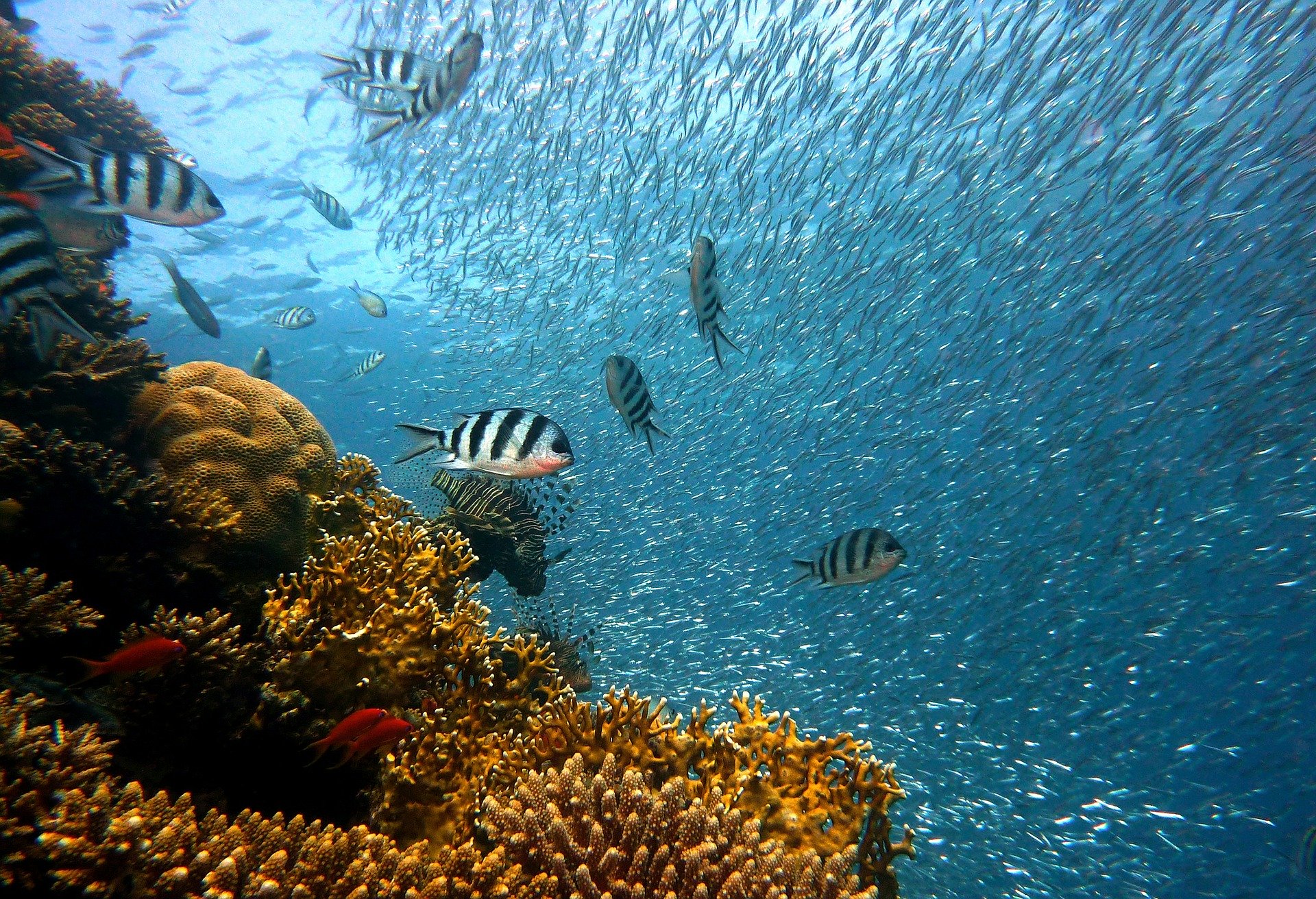
Marine animals live where ocean is most ‘breathable,’ but ranges could shrink with climate change
Research shows that many marine animals already inhabit the maximum range of breathable ocean that their physiology allows. The findings are a warning about climate change: Since warmer waters harbor less oxygen, stretches of ocean that are breathable today for a species may not be in the future.
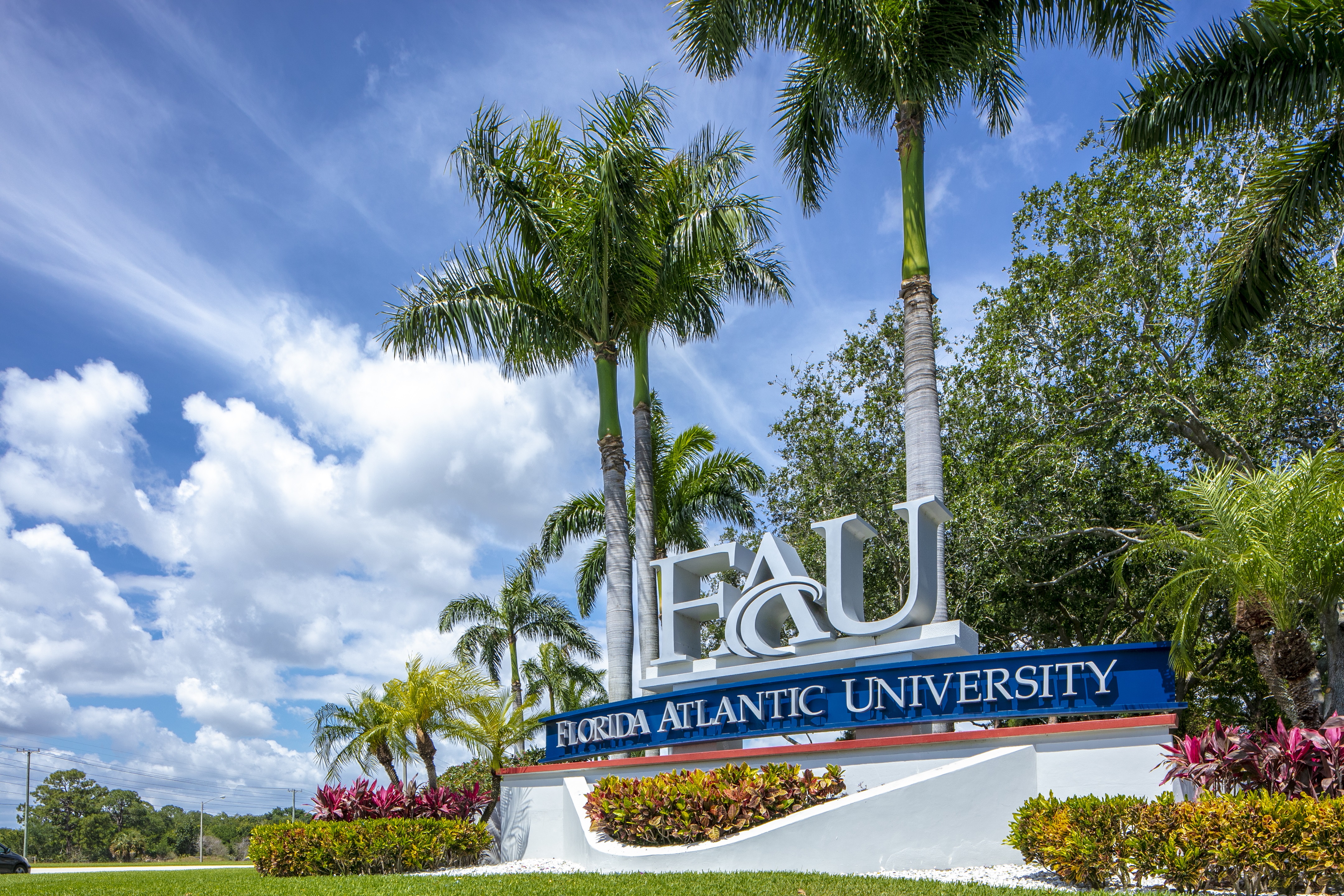
FAU’s ‘Fantastic Four’ Researchers Receive Prestigious NSF CAREER Awards
Four FAU researchers have received the coveted NSF Early Career (CAREER) award for research to develop a low-cost, disposable point-of-care platform to detect current and emerging infectious diseases; for a cognitive screening tool for the early detection of Alzheimer’s disease using wearables and a smartphone; for mathematical tools and new ways of coding to enhance cybersecurity; and to better understand how marine animals tune, or dynamically adjust their movements using their skin and skeletons.
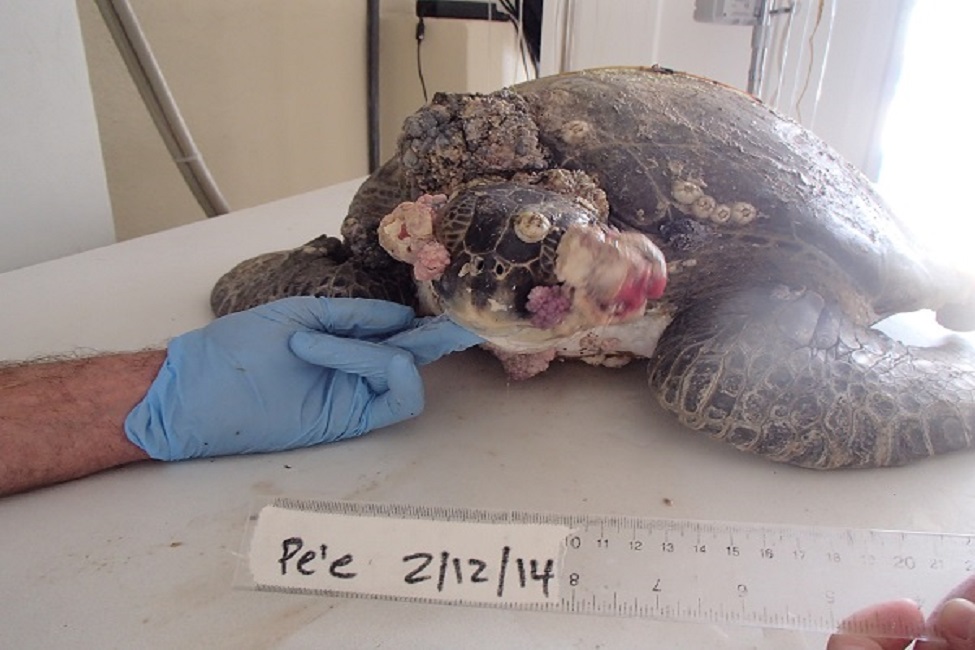
Most Rehabilitating Sea Turtles with Infectious Tumors Don’t Survive
Fibropapillomatosis (FP) is the most significant infectious disease affecting sea turtle populations worldwide. FB leads to tumors on the turtles’ eyes, flippers and internal organs and is widespread in warmer climates like Florida. A large-scale study evaluated tumor score, removal and regrowth in rehabilitating green sea turtles with FP in the southeastern U.S. from 2009 to 2017, and found that 75 percent did not survive following admission into a rehabilitation facility, irrespective of whether or not tumor regrowth occurred after surgery.